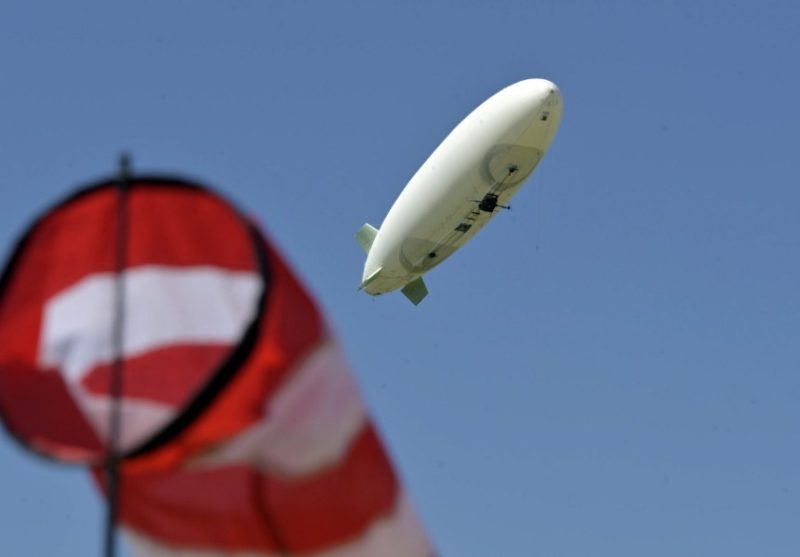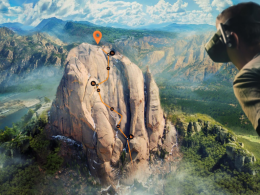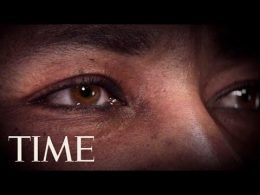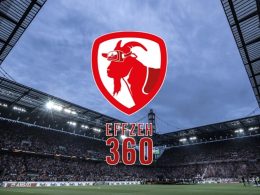The Airbus Group is testing a new, unmanned airship above and in Aying, which will be used to map the landscape in three dimensions from July onwards. This will then be used to create 3D models of the location, which can be used to produce detailed virtual reality visualisations.
Since mid-May, the southern German town of Ayingen has been home to a recurring spectacle. An eleven-metre-long airship, calmly and silently flying over the community. From July onwards, the current "test flights" will become a "mission", says project manager Holde Ideengeber, when the actual mapping of Ayingen will begin, which will then be used for 3D models in VR.
The "Operation Crew" consists of eight aerospace experts who want to develop an alternative to drones. "And we have strong arguments in our favour," says Holder. "In contrast to drones, airships are super-safe, with a low risk in high-risk areas, and they are of course much quieter."
Moving the hangar on an articulated lorry
Before they start creating such detailed 3D models of the Aying area, however, the Airbus team is focussing on perfecting the flight characteristics of the aircraft. The infrastructure that the eight experts need for this is available to them directly at the sports ground. They have parked their hangar there, a lorry container in which the airship can be stowed "ready to fly" and protected from the weather. When another "mission" is due at a different location in the not too distant future, the hangar will simply be loaded onto a lorry and driven to the site.
The idea itself was born in Friedrichshafen, says Holder. He himself worked there for a long time, in the "city of airships". "Airships are a natural part of the cityscape there and also generate enthusiasm," he says. He and his team are now concerned with "combining the idea of traditional, safe technology with modern technology".
Detailed models in VR for a wide range of purposes
The municipality, says the project manager, can look forward to "a beautiful representation of their town". The 3D models could serve as a method of presenting a "unique selling point", for example when it comes to tourism," he says. "Especially in the beautiful Alpine foothills." But that is only one aspect, Holder emphasises. The detailed models of inner-city buildings can also be used to identify road damage, determine potential for solar installations and support urban development measures, for example in the area of monument protection.
A prominent example of a possible application, says Holder, is Notre-Dame de Paris Cathedral, which suffered massive damage in a fire in April. "With a 3D model like this, we could show what the details looked like and use this for reconstruction. That would be incredibly valuable," he says. Aying is just the beginning; later, the plan is to map large cities in particular.
Source: sueddeutsche









